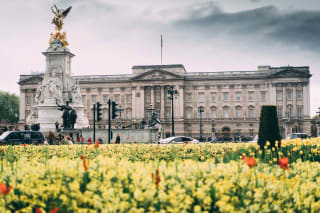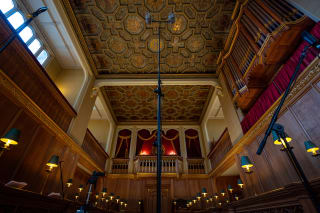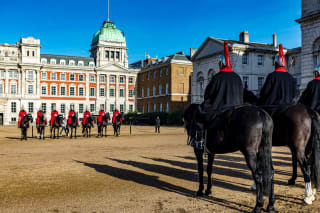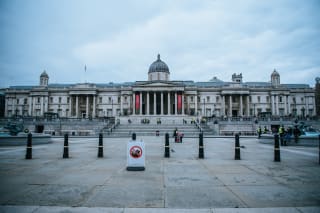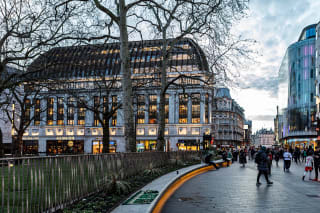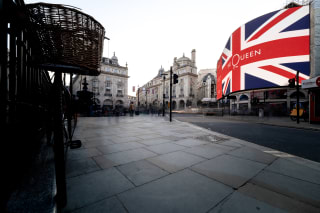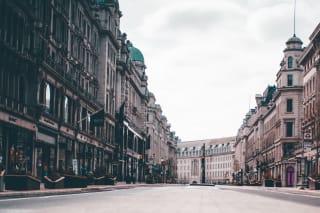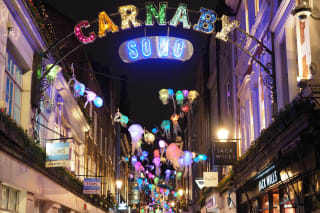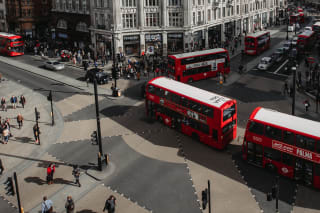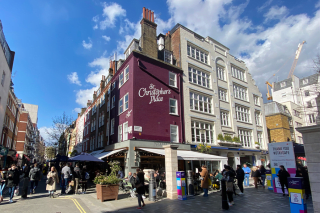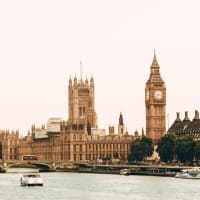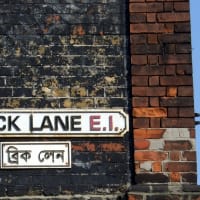Most popular attractions in Central London
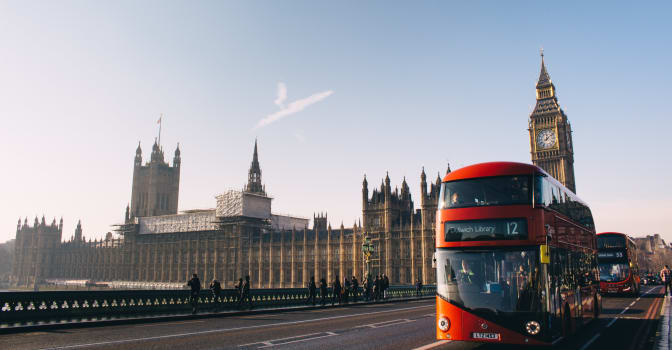
Buckingham Palace, Queen Elizabeth's II residence, is one of the most monumental sights you shouldn't miss during your stay in London. Worth checking the change of guards schedule - we went on a Sunday, and it was a unique experience! Heading towards Trafalgar square, we passed St James's Palace, the oldest royal palace in the UK. When we arrived at Trafalgar Square, we were impressed by the beautiful statues and fountains. We then passed Leicester Square, and a few minutes away is the Piccadilly Circus, one of the most famous destinations in London. Big advertising screens, Eros statue, street artists performing and a vibrant vibe. We then went to Regent Street - beautiful buildings and stores from famous luxury brands. On our way to Oxford Circus, we passed through Carnaby street where you can find even more shops. The street decorations were beautiful, and there were many options for shopping, food and drinks. Walking along Oxford Street, we passed through St Christopher's Place, a charming alleyway with cafes and restaurants and finally ended our walk at the Marble Arch, which is located at the beginning of Hyde Park.
Spots
Buckingham Palace is a London royal residence and the administrative headquarters of the monarch of the United Kingdom. Located in the City of Westminster, the palace is often at the centre of state occasions and royal hospitality. — Wikipedia
St James's Palace is the most senior royal palace in the United Kingdom. It gives its name to the Court of St James's, which is the monarch's royal court and is located in the City of Westminster in London. Although no longer the principal residence of the monarch, it is the ceremonial meeting place of the Accession Council, the office of the Marshal of the Diplomatic Corps, and the London residence of several minor members of the royal family. — Wikipedia
Horse Guards Parade is a large parade ground off Whitehall in central London. It is the site of the annual ceremonies of Trooping the Colour, which commemorates the monarch's official birthday, and Beating Retreat. — Wikipedia
Trafalgar Square is a public square in the City of Westminster, Central London, established in the early 19th century around the area formerly known as Charing Cross. At its centre a high column bearing a statue of Admiral Nelson commemorates his victory at Battle of Trafalgar, the British naval victory in the Napoleonic Wars over France and Spain that took place on 21 October 1805 off the coast of Cape Trafalgar. — Wikipedia
Leicester Square is a pedestrianised square in the West End of London, England. It was laid out in 1670 as Leicester Fields, which was named after the recently built Leicester House, itself named after Robert Sidney, 2nd Earl of Leicester. — Wikipedia
Piccadilly Circus is a road junction and public space of London's West End in the City of Westminster. It was built in 1819 to connect Regent Street with Piccadilly. In this context, a circus, from the Latin word meaning "circle", is a round open space at a street junction. — Wikipedia
Regent Street is a major shopping street in the West End of London. It is named after George, the Prince Regent and was laid out under the direction of the architect John Nash and James Burton. It runs from Waterloo Place in St James's at the southern end, through Piccadilly Circus and Oxford Circus, to All Souls Church. From there Langham Place and Portland Place continue the route to Regent's Park. — Wikipedia
Carnaby Street is a pedestrianised shopping street in Soho in the City of Westminster, Central London. Close to Oxford Street and Regent Street, it is home to fashion and lifestyle retailers, including many independent fashion boutiques. — Wikipedia
Oxford Circus is a road junction connecting Oxford Street and Regent Street in the West End of London. It is also the entrance to Oxford Circus tube station. — Wikipedia
St. Christopher's Place is a short pedestrianised shopping street in Marylebone, central London between Oxford Street and Wigmore Street. Its retail units are smaller and higher-end than the major chains located on Oxford Street, similar to nearby South Molton Street. — Wikipedia
Marble Arch is a 19th-century white marble-faced triumphal arch in London, England. The structure was designed by John Nash in 1827 to be the state entrance to the cour d'honneur of Buckingham Palace, it stood near the site of what is today the three-bayed, central projection of the palace containing the well-known balcony. In 1851, on the initiative of architect and urban planner Decimus Burton, a one-time pupil of John Nash, it was relocated to its current site. — Wikipedia
